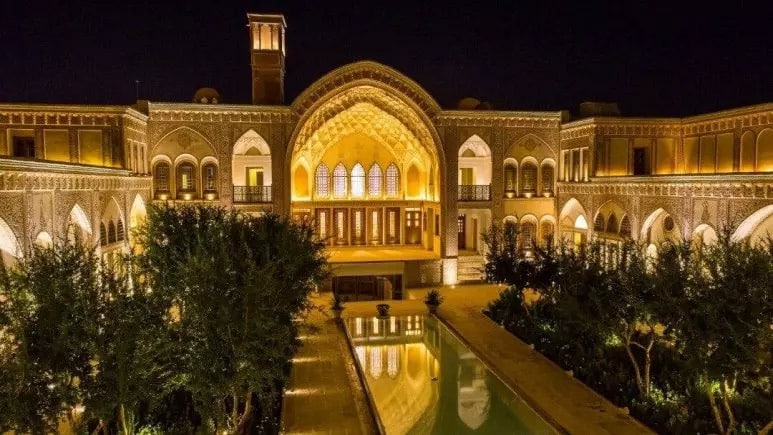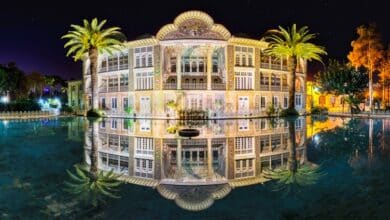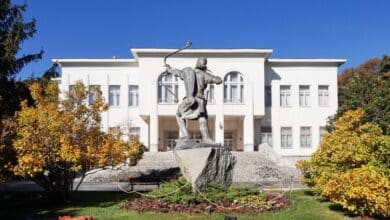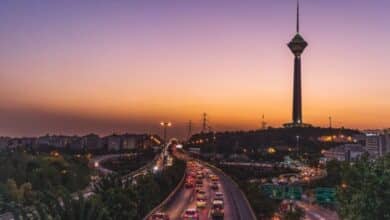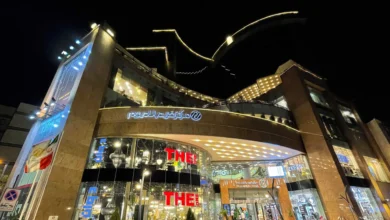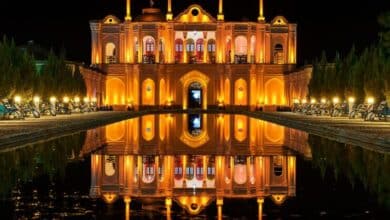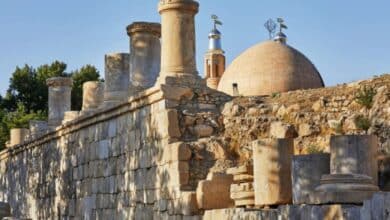Kashan Bazaar: A Journey Through Time and Trade
Uncover the Heart of Kashan's Heritage Here
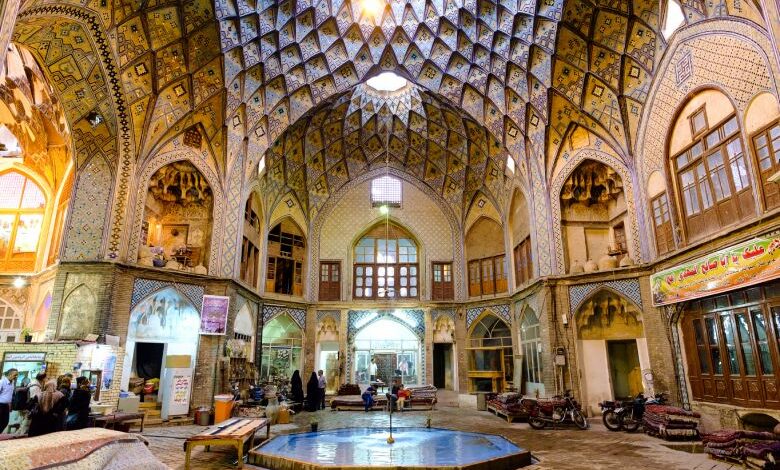
One of the most fascinating and attractive historical sites in the ancient city of Kashan is its bazaar. In Kashan Bazaar, you can witness a wide variety of products, ranging from various handicrafts to delicious food items. The traditional bazaar features unique and beautiful architecture and is composed of different sections.
Notable parts of this bazaar include the Timcheh, mosque, Imamzadeh, bathhouse, caravanserai, and water reservoir. The traditional bazaar of Kashan was registered as a national heritage site in 1976. In the following sections, we will explore the historical background and introduction of different parts within this market.
Contents
History of the Traditional Bazaar of Kashan
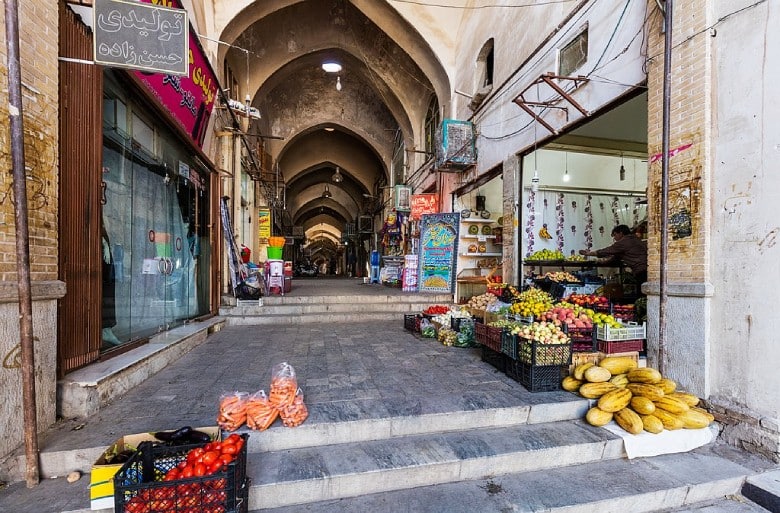
The initial foundation of this bazaar was laid during the Buyid and Seljuk periods. Afterward, during the Safavid era and under Shah Abbas I, the construction of the bazaar was completed. Over time portions of the bazaar were damaged, and after the earthquake, more parts of the market were destroyed.
During the Qajar period, parts of the market were restored and the current building is a remnant of the Qajar era renovation.
Various Sections of the Kashan Bazaar
During the Pahlavi era, the section of the bazaar known for copper market was destroyed; however, the bazaar still showcases breathtaking architecture.
In the following sections, we will introduce the different parts of the bazaar.
Entrance of the Bazaar
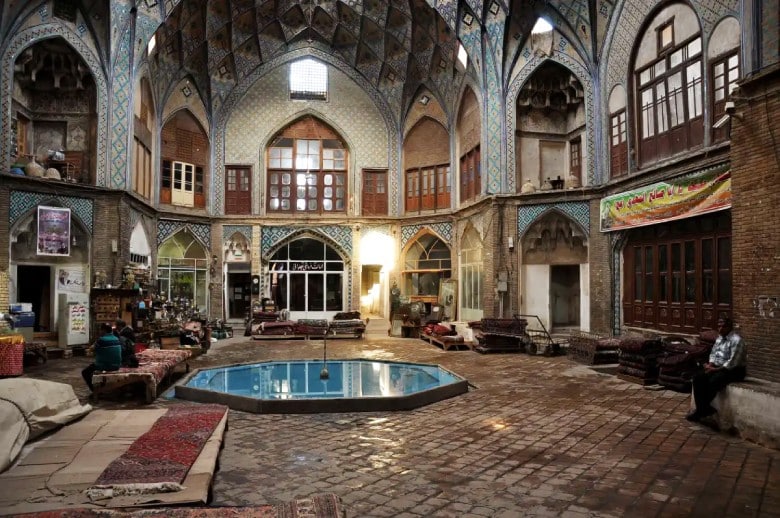
In Entrance of the Bazaar, there is a wooden door that dates back to the Aq Qoyunlu period, remaining as a historical artifact.
Rasteh
The main pathway of the bazaar, which has shops located on both sides, is referred to as the “Rasteh“. Rastehs are divided into two main categories: primary and secondary, which may intersect with each other.
Qeysariyeh
This location, situated in the center of the large bazaar, is formed by the combination of four markets and features exquisite decorations and architecture. The Qeysariyeh was built during the reign of Shah Abbas I of the Safavid dynasty. Within the Qeysariyeh bazaar, various sections such as a bathhouse, caravanserai, and water reservoir can also be found. During the Safavid period, celebrations, fireworks, and nighttime festivities were held at this location for the kings.
Caravanserais
This section of the bazaar was added during the Qajar period. Several caravanserais exist in this bazaar, the most significant of which include the caravanserais of Zoghaliha, Mirpanj, Naraghiha, Borujerdi, and No.
Timcheh
Another structure built during the Qajar era and the reign of Fath Ali Shah, is the Timcheh. The Timcheh is a beautifully covered space, usually featuring a pond in the center, surrounded by shops selling similar goods. In Kashan’s bazaar, there are two Timchehs named Amin al-Dawlah and Sabagh, named after their builders. These Timchehs are two stories high and boast stunning tilework and intricate ceiling decorations.
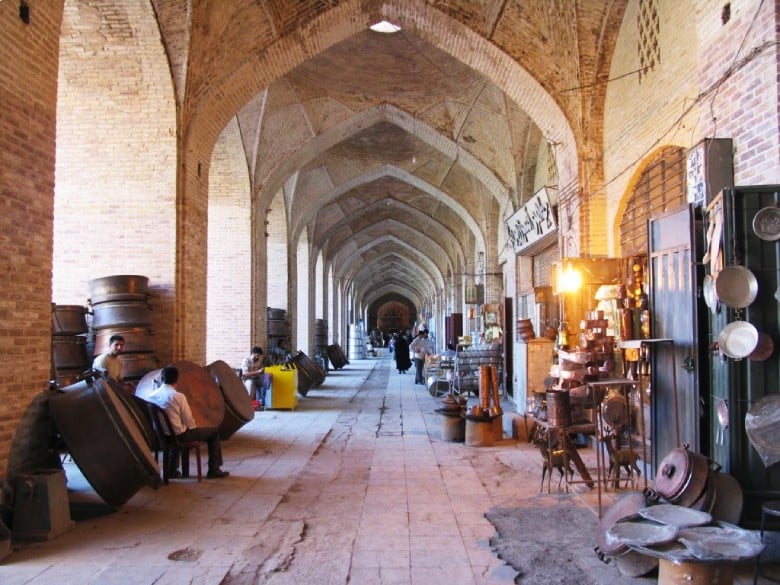
Imam Mosque and School
In this fascinating and attractive bazaar, you will find one of the largest and most beautiful Islamic structures, known as the Imam Seminary Mosque or Sultani Mosque. This site dates back to the era of Fath Ali Shah Qajar, approximately 200 years ago. In this mosque-school, there is a pool in the center, surrounded by 52 chambers. The doors of these chambers are made of wood and feature beautiful colored glass, creating a pleasant atmosphere.
Mir Emad Mosque
Another mosque located in this bazaar is the Mir Emad Mosque, which is also registered as a national heritage site. This mosque is one of the most beautiful in Kashan and dates back to the Seljuk dynasty. Its entrance features beautiful inscriptions that add to its grandeur. Notably, the Mihrab (prayer niche) of this mosque is housed in the Islamic Museum of Berlin.
Khan Bathhouse
Interestingly, there is a bathhouse in this bazaar called Khan Bathhouse, which has now been converted into a restaurant and tea house. The decorations and tilework of this bathhouse are stunning. It dates back to the Zand dynasty and features a pond in the center.
There are platforms around the pool for relaxation and eating.
Religious Ceremonies in Kashan Bazaar
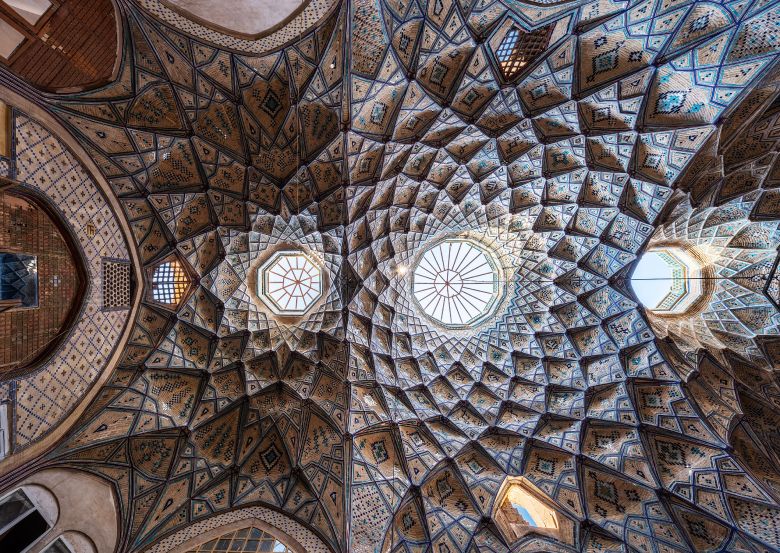
Interestingly, in addition to selling products, religious ceremonies, such as mourning rituals are also held here.
The city of Kashan has a traditional and religiously devoted community, and every year, various religious ceremonies are held in this city. One of these ceremonies takes place during the month of Muharram. On Ashura, the day commemorating the martyrdom of Imam Hussein, one of the Shiite Imams, special religious ceremonies are conducted collectively.
Kashan bazaar is one of the places that organize ritual ceremonies. On this day, the shopkeepers and merchants in the bazaar close their shops and gather in the market to participate in the Ashura ceremonies.
Attractions Around the Traditional Bazaar of Kashan
Surrounding this traditional bazaar, there are additional tourist attractions that you can visit. Notable nearby attractions include the historic Borujerdi House, Agha Bozorg Mosque, and Sultan Amir Ahmad Bathhouse.
Book Iran Flights
Buy Iran flight tickets at the lowest price
Explore Iran’s culture and history with affordable and reliable flight tickets.
Visiting Hours for Kashan Bazaar
The bazaar opens its doors at 9:30 AM and closes at 12 PM. In the afternoon, it reopens from 5 PM to 9 PM for visitors.
Wrap it up
The traditional bazaar of Kashan is one of several historical attractions in the city, drawing many domestic and international tourists each year. In addition to seeing and enjoying the architectural features of the bazaar, you can purchase desired goods and, if you wish, buy souvenirs for your loved ones.
While visiting Kashan, you can also explore other attractions such as Fin Garden, Sultan Amir Ahmad Bathhouse, Borujerdi House, and more. We look forward to welcoming you to Kashan!
FAQs
When was the traditional bazaar of Kashan built?
The initial foundation of this bazaar was laid during the Buyid and Seljuk periods. Afterward, during the Safavid era and under Shah Abbas I, the construction of the bazaar was completed. Over time portions of the bazaar were damaged, and after the earthquake, more parts of the market were destroyed.
During the Qajar period, parts of the market were restored and the current building is a remnant of the Qajar era renovation.
Where is the traditional bazaar of Kashan located?
This traditional bazaar is situated on Baba Afzal Street.
What sections does the bazaar of Kashan include?
In this bazaar, you can find the Qeysariyeh, Timcheh, Rasteh, mosque, school, bathhouse, and caravanserai.
What are the working hours of the traditional bazaar of Kashan?
The bazaar opens at 9:30 AM and closes at 12 PM.
In the afternoon, it reopens from 5 PM to 9 PM for visitors.
